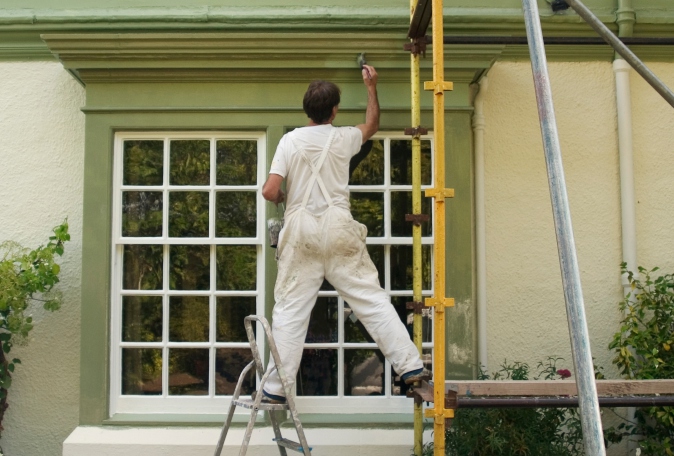
Proper maintenance of assets critical for good insurance claims experience
~ Courtesy Santam
A thorough understanding of what is covered under your home and car insurance policy, combined with regular and proper maintenance of your assets in accordance with your contract, is critical in ensuring a satisfactory claims experience.
While the broad concept of insurance is generally understood as the process of purchasing cover for your valuable possessions to indemnify you in the event of loss or damage, it requires thorough understanding of the agreed contract, says Attie Blaauw, Head of Personal Lines Underwriting at Santam.
"As an insured consumer it’s important for you to have a thorough understanding of what is covered under your home and vehicle insurance policy and what is not. Many people also do not realise that as a policyholder they agree to specific terms and conditions and have a responsibility to uphold their end of the contract. Furthermore, purchasing cover without properly maintaining your assets presents certain limitations.
Blaauw says wear and tear of certain items and how this is accommodated, if at all, in one’s policy is another important factor of which to be aware.
PRINCIPLE OF INSURANCE
First off, when defining insurable risk, Blaauw explains that insurance is simply a risk transfer mechanism that offsets loss of, or damage to, insured property. This loss may arise due to exposure to a known and agreed risk, such as fire or theft. “The aim is to indemnify or compensate the insured party by placing him/her back in the same financial position he/she was in before suffering a loss or damage,” says Blaauw.
He continues that the principle is based on consumers paying a premium to an insurer to cover specified types of losses or damage to their property. These losses must be caused by a sudden and unforeseen event. The paid premiums allow an insurer to compensate the client for the cost of repairing or replacing the lost or damaged items as set out in the policy contract.
WEAR AND TEAR
Blaauw says personal insurance policies are designed to respond to most risks of both natural and unnatural causes, such as fire or explosion, lightning, burglary, hi-jacking, earthquake, flooding, storm, wind, hail or snow. The focus, however, remains on sudden and unforeseen events.
Risks arising from a lack of maintenance and normal wear and tear are largely viewed as undesirable risks and are costs that should be budgeted for by consumers. He explains that there are typical exclusions in policy wordings that consumers should be aware of, such as gradual deterioration caused by poor maintenance, wear and tear, mould, discolouration, rising damp, rot, insect infestation, vermin, weeds, roots, etc.
“It is every homeowner’s responsibility to ensure regular maintenance is budgeted for and carried out on his/her property, as this helps to maintain the integrity of the construction and prevents weak points that can be exposed by severe weather events such as storms or flooding. This requires that the roof, structure and all its fixtures, including swimming-pool, lapa, boundary walls and paving, must be kept in good condition in accordance with the policyholder’s responsibility towards duty of care as outlined in the insurance contract,” continues Blaauw.
According to the Ombudsman for Short-term Insurance (OSTI) the primary cause of homeowners’ claim disputes in 2020 (47%) and 2021 (53%) was the rejection of claims based on policy exclusions for damage caused by defective design, construction or workmanship, wear and tear, and lack of building maintenance.
According to the Ombudsman for Short-term Insurance (OSTI) the primary cause of homeowners’ claim disputes in 2020 (47%) and 2021 (53%) was the rejection of claims based on policy exclusions for damage caused by defective design, construction or workmanship, wear and tear, and lack of building maintenance.
The following examples are incidents that are normally excluded as wear and tear:
It is very important for policyholders to have a clear understanding of the difference between accidental loss of or damage to property arising from an insured event, and losses caused by gradual wear and tear, which are typically not covered by insurance and require regular maintenance by the policyholder.
Some insurers, like Santam, may offer maintenance of geyser cover for a specified sum insured at an additional premium and this may typically include decay, latent defects, rust, gradual deterioration, and wear and tear,” concludes Blaauw.
As experts in managing risks, you are welcome to contact De Wet De Villiers Brokers if you have any questions relating to this matter. Simply email us at info@dwdv.insure or call us on 014 592-1077.

